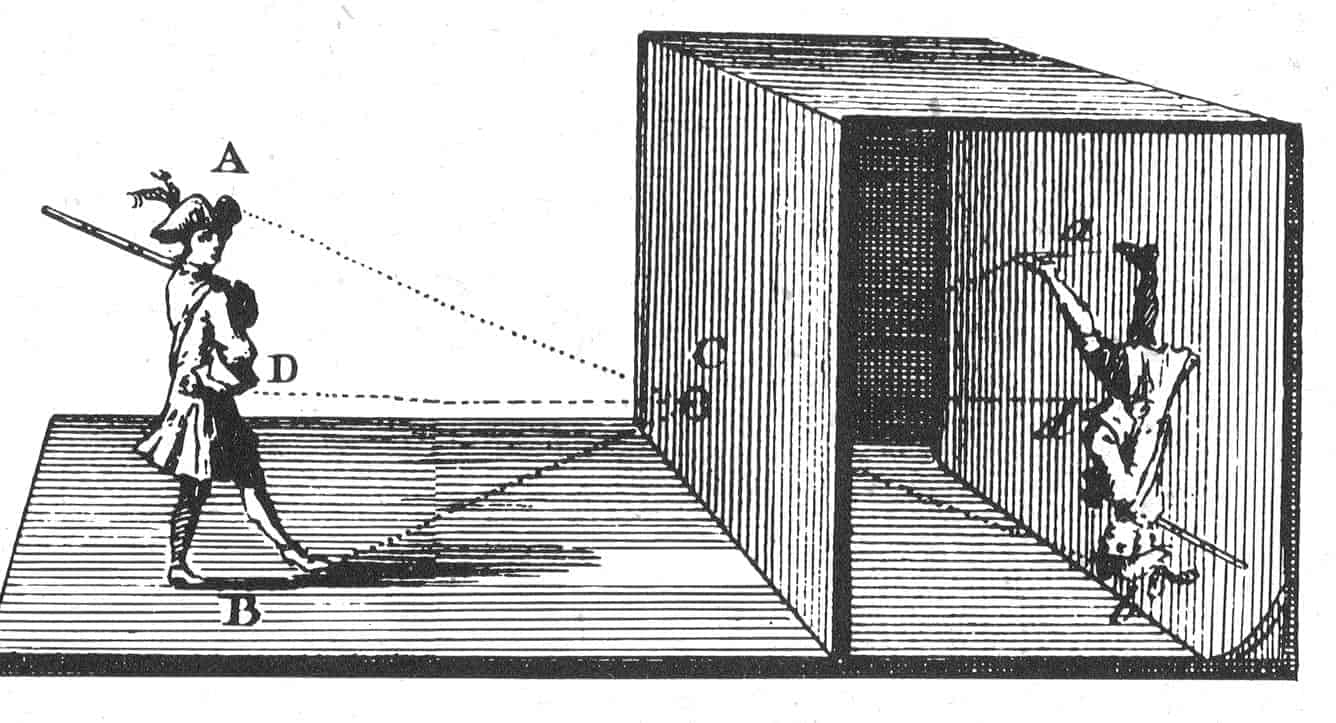Photography has been an integral part of society for longer than people know. At its conception, humankind did not realize how much this would alter the perception of history, humanity, art, and culture. Photographs are used for so many different purposes, it’s hard to peg down a single effect it has had on culture. From examining the human condition, documenting history, sharing art, to inspiring others, photography has changed many facets of culture.
Now it’s time to step into history and see the world for what it truly was over two centuries ago. The lifespan of a photograph has changed as photography has advanced, so many of the first actual photographs may not be around today. While paintings and literature may give us a view of history through a prejudiced eye, photography gives a much more bare and honest view of history. Following are the oldest photographs known in existence.

The First Camera: Camera Obscura’s Fascinating Evolution
It’s important to note that the “first camera” was actually not a camera as we know it today. Camera obscura means “dark room” in Latin. Sometimes historians will also refer to this as a pinhole image. And it’s easy to see why this is a simplified term for it. The camera obscura lets light in through a small opening on one side and projects a reversed and inverted image on the other. Oftentimes, this was performed in dark rooms, as its Latin name would suggest. The surroundings had to be dark in order for the image to be clear enough. This inverted image method is very similar to how the human eye works.
This camera obscura theory can be traced back to the studies of Chinese philosopher and the founder of Mohism, Mozi (470 to 390 BCE). Mozi wrote that the image in a camera obscura is flipped upside down because light travels in straight lines from its source. More great minds would later build upon this by noting again how the relationship between sunlight and gaps in the leaves would project an image of the eclipsed sun onto the ground. The great mind behind this observation? The one and only Aristotle in the 4th century. This whole theory kept evolving and building until during the 9th century, Arab philosopher, mathematician, physician, and musician Al-Kindi experimented with light and a pinhole.

